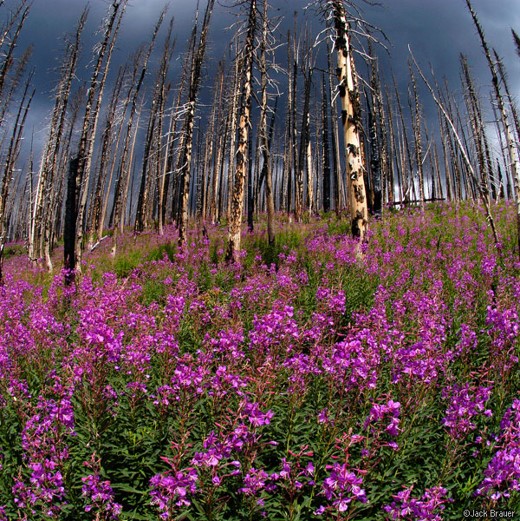
We call it Good Friday. For those in the Monday-Friday, 8-5 working world (before COVID-19 when things were normal), every Friday is a good Friday. But this particular Friday comes with an uppercase G. It is THE Good Friday.
(BTW, for a student/teen version of this devotional, click/tap here.)
We don’t go too far into our faith journeys before we find ourselves asking: “What was Good about Friday? That was a pretty dark day.” Of course, it takes only a few more steps further into our faith journey and we pretty much answer our own question. The darkness of that original Good Friday had to happen to get to Awesome Sunday, or as we know it, Easter. While church tradition tells us that the moniker “Good” was a holy day designation to denote sacred remembrances, as a culture we’ve seemed to appropriate the meaning that the events of that dark day made possible the light-giving events of Easter Sunday. But to those who were with Jesus on that original Friday, the day would not have been good.
Digging In
To step into the events of that original Good Friday, particularly through the eyes of those close followers of Jesus who were with Him through the crucifixion, grab your Bible (physical or e-Bible) and read the passages below. As you read, make a list of the people you see mentioned.
Matthew 27:54-56
Mark 15:40-41
John 19:25-27; 38-42
Read Matthew’s account of the events of the crucifixion (verse reference is below). As you read, make a note of anything the people (whom you noted above) would have seen, particularly as it relates to Jesus. Feel free to add your own commentary about how these observations may have affected each person—knowing what you know about each person’s interaction with Jesus throughout His ministry.
Matthew 27:27-61
Digging Deeper
This day would not have been considered “good” by the people watching the events of that day. But here’s the thing: everything bad of that day, blow by blow, was lifted up throughout the New Testament letters as not only absolutely necessary, but very, very good. Take a minute to read the passages below, you’ll see a reference to something bad that happened to Jesus on that first Good Friday (it might be specific, it might be general). Make a note of that reference (i.e., suffering, blood) and then note what we get to enjoy (the good) because of the bad that happened to Jesus.
|
|
THE BAD |
THE GOOD |
|
2 Corinthians 8:9 |
|
|
|
Hebrews 2:10-11 |
|
|
|
Hebrews 9:22 |
|
|
|
Hebrews 13:11-13 |
|
|
|
1 Peter 3:18 |
|
|
|
1 Peter 1:18-19 |
|
|
|
1 John 1:7 |
|
|
Taking It Inward
The redeemed life that we get to enjoy would not have been possible without the events of that dark Friday. Take a moment to reflect on the connection between what Jesus’ close friends observed on that traumatic day and the elements of salvation that we get to experience today. Write out a prayer to God that reflects your feelings.
Putting Into Practice
You may have noticed in your faith journey a rock-solid pattern with God: He brings life out of death; He creates beauty out of ashes; He redeems pain and loss. But a fair question you might be asking: “How does that pattern help when I’m in the middle of bad stuff?” Here’s a thought: We’d all rather not have to endure bad stuff. But we will. Perhaps our response can be similar to Jesus’ on that dark Friday. He didn’t try to escape, He patiently endured. His response gave the world a gift it would not have otherwise enjoyed: salvation. In a similar way, when we experience suffering, we get to experience things we would not have otherwise experienced, particularly, aspects of God. In fact, the apostle Paul taught us that our suffering creates an intimacy with Jesus that we likely would not have otherwise experienced. Reflect on this teaching in the passage noted below and write a personal paraphrase of the passage for any suffering or difficult situation you are experiencing at the moment.
Philippians 3:10-11